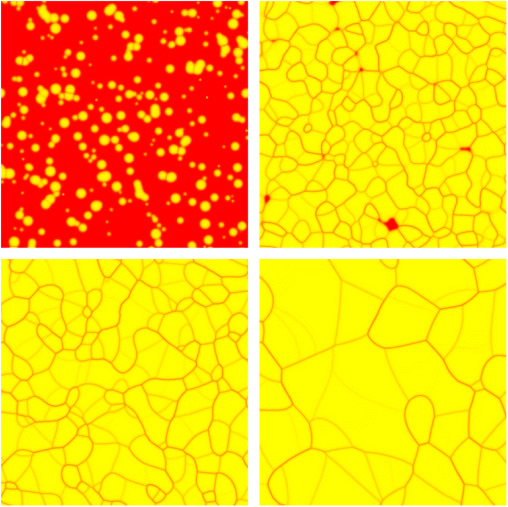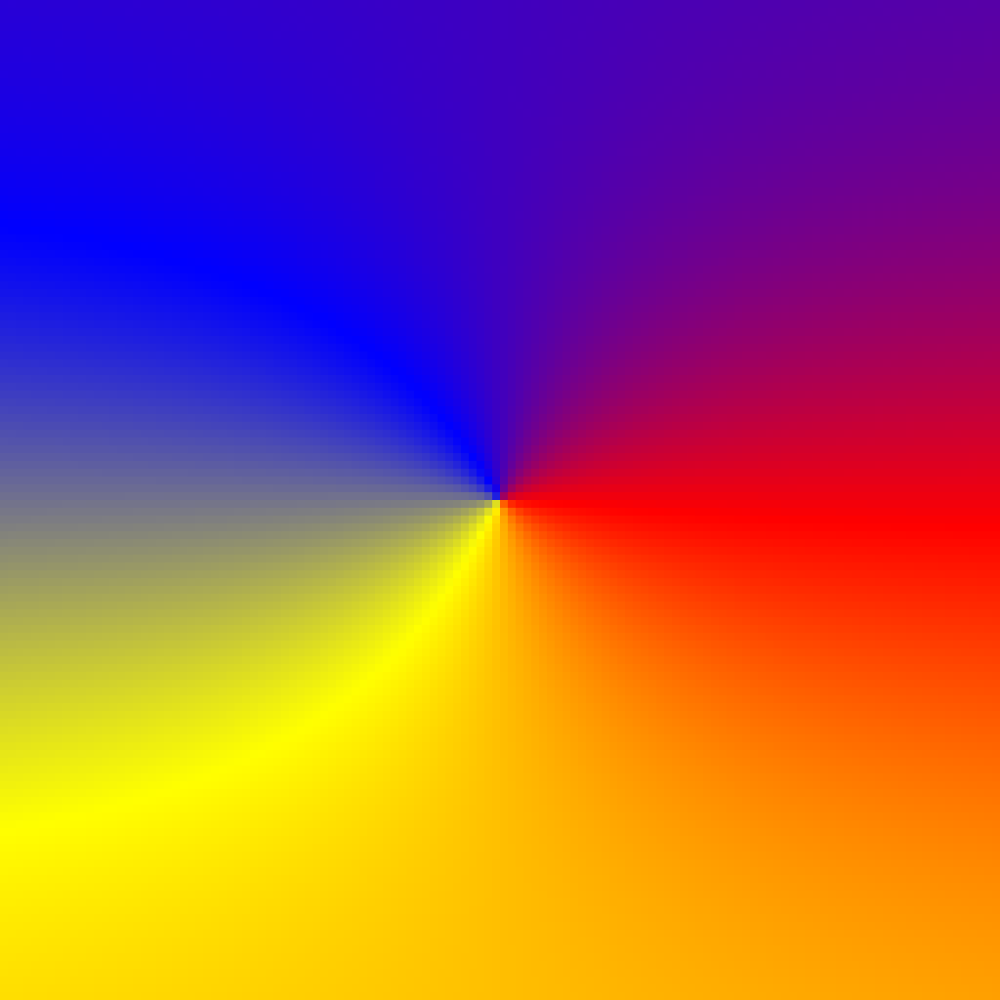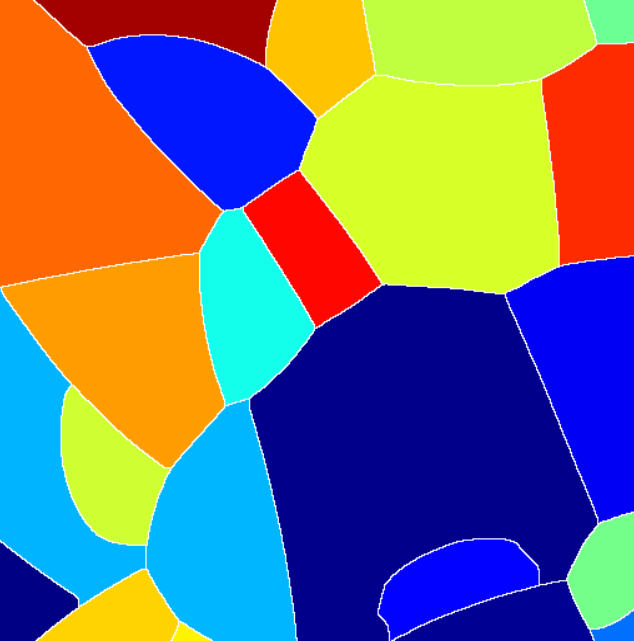
Bálint Korbuly1, Tamás Pusztai1, Gyula Tóth2, Hervé Henry3, Mathis Plapp3, László Gránásy1,4
1Institute for Solid State Physics and Optics, Wigner Research Centre for Physics, P.O. Box 49, Budapest H-1525, Hungary
2Department of Mathematical Sciences, Loughborough University, Loughborough, Leicestershire, LE11 3TU, U.K.
3Laboratoire Physique de la Matière Condensée, École Polytechnique, CNRS, Université Paris-Saclay, 91128 Palaiseau Cedex, France
4BCAST, Brunel University, Uxbridge, Middlesex, UB8 3PH, United Kingdom
We compare two versions of the phase-field theory for polycrystalline solidification, both relying on the concept of orientation fields: one by Kobayashi et al. [Physica D 140 (2000) 141] and the other by Henry et al. [Phys. Rev. B 86 (2012) 054117]. Setting the model parameters so that the grain boundary energies and the time scale of grain growth are comparable in the two models, we first study the grain coarsening process including the limiting grain size distribution, and compare the results to those from experiments on thin films, to the models of Hillert, and Mullins, and to predictions by multiphase-field theories. Next, following earlier work by Gránásy et al. [Phys. Rev. Lett. 88 (2002) 206105; Phys. Rev. E 72 (2005) 011605], we extend the orientation field to the liquid state, where the orientation field is made to fluctuate in time and space, and employ the model for describing of multi-dendritic solidification, and polycrystalline growth, including the formation of “dizzy” dendrites disordered via the interaction with foreign particles.




